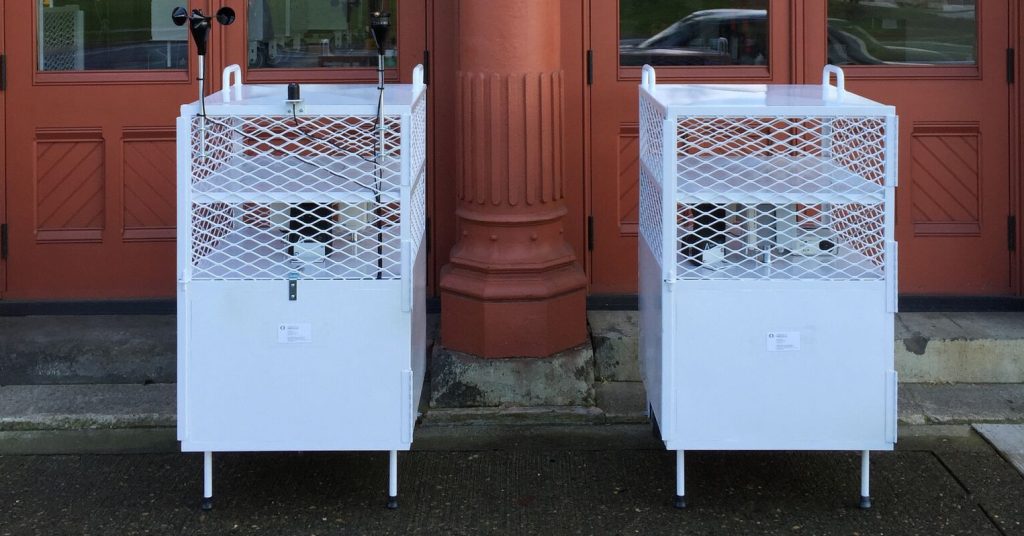Our habitat is changing. In the developed world, we spend more than 90 percent of our lives indoors, often in urban areas with little connection to natural systems in which humans evolved. Our built environment has evolved to be highly engineered, segregated from nature, and even virtual. Human biology has not evolved as quickly as built environments, which results in what evolutionary medicine has termed “mismatch diseases”; diseases resulting from our ancient human biology adapting poorly to new environments. Mismatch diseases include allergies and autoimmune diseases due to reduced exposure of our immune system to good bacteria, diabetes and obesity due to environments in which we are more sedentary, or anxiety and depression from chronic stressors in our environment. The Institute is investigating our built environment to develop design strategies that reduce energy use while connecting us to an evolutionary past and healthy future.

The Interplay of Light and Comfort
Light has a huge impact on our lives; from our health, to our visual comfort and satisfaction with our local environment, to the way in which we behave indoors and operate our buildings. The way we use, or don’t use, light in the built environment can vary dramatically, yet very often lighting design strategies […]

Weatherization
Weatherization of a building is implemented in a variety of ways, but focuses on tightens the building envelope such that less air and heat are able to transfer between the inside and outside. A leaky building can feel uncomfortable, and the effort to maintain a stable indoor climate can drive up energy costs. By improving […]
